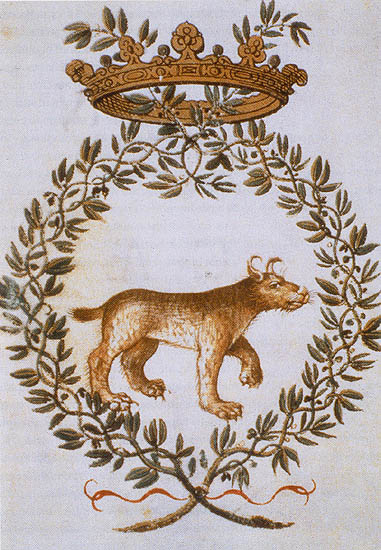Picture Perfect?: Making Sense of the Vast Diversity of Life on Earth
by Katie Carter
 Prince Frederico Cesi in the late 1500s used his wealth in a then novel enterprise: documenting the whole of nature and establishing its order. He founded the Accademia Lincei (now regarded as the first scientific society), which included Galileo as one of its esteemed members. Central to Cesi's mission was an effort to record permanently the essential 'reality' of impermanent living specimens through renderings on paper. In this case study, students form mini-scientific societies with the same challenge of documenting and classifying the vast diversity of living things -- leading to student discussion and discovery about the role (and limits) of visualization, the significance of a classification system, and the problematic status of anomalous (versus 'normal') samples. Major NOS elements include: Prince Frederico Cesi in the late 1500s used his wealth in a then novel enterprise: documenting the whole of nature and establishing its order. He founded the Accademia Lincei (now regarded as the first scientific society), which included Galileo as one of its esteemed members. Central to Cesi's mission was an effort to record permanently the essential 'reality' of impermanent living specimens through renderings on paper. In this case study, students form mini-scientific societies with the same challenge of documenting and classifying the vast diversity of living things -- leading to student discussion and discovery about the role (and limits) of visualization, the significance of a classification system, and the problematic status of anomalous (versus 'normal') samples. Major NOS elements include:
- funding
- institutions for social interaction
- visualization and documentation
- the limits to 'lawlike' ordering of nature
Open Word document.
|

